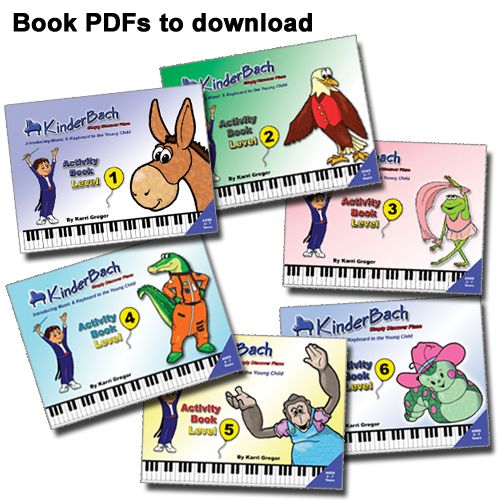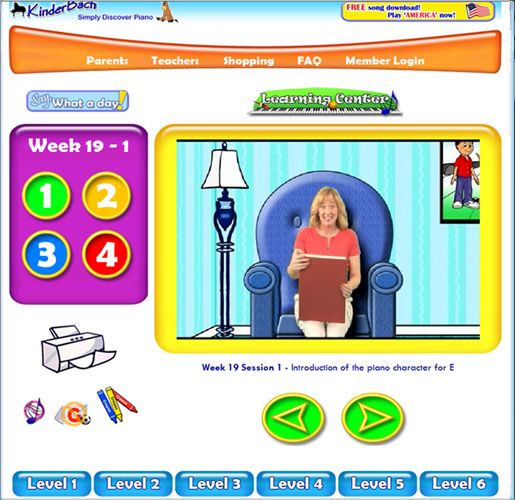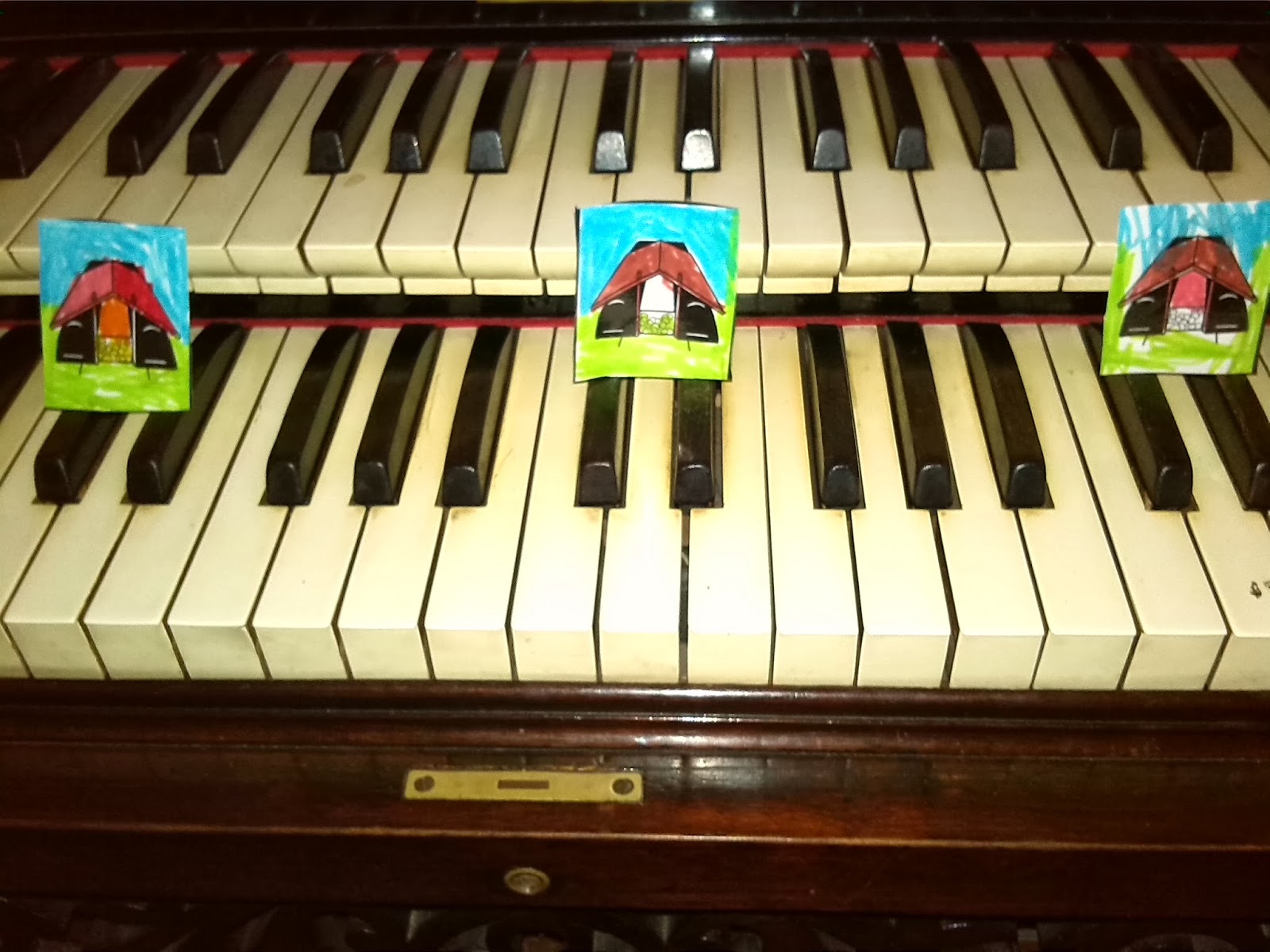The countries are
- Laos
- Bangladesh
- Nepal
- China
- Iran
- Vietnam
The countries can be investigated in any order.
We used this book for reading in our morning Bible Time. So far, we have learnt about Nepal and Laos. Nepal is a country that the children knew a little about already, from church, so it was helpful to build on this whereas Laos was a mystery to both me and the children. We have just finished learning about Laos and hope to "travel" to China next.
The book is actually set out in weeks, with a section to be read each week, but it worked well on a daily basis. Each country has a story about a child who lives there with discussion questions. There is a portion on the history of the country and another on its geography. There is a clear emphasis on what conditions in the country are like for Christians and an encouragement to pray. The end of each section has suggested activities which are linked to the activities section at the end of the book. These include crosswords, map puzzles, word searches and more. In addition, there is free bonus content on Bonnie Rose Hudson's site.
The suggested age range for this book is 8-12 although the website states that it can easily be used for older students. My younger two children, at 5 and 7, are a little under the suggested range. It was still quite possible to use the book with them. We took our world map off the wall to check the location of the countries each day and focused on memorable facts e.g. Mount Everest is in Nepal and Nepal's flag is two pennants. We didn't do the written activities as these would have been difficult for my younger children. The stories of the lives of ordinary children appealed to them. Reading the book daily helped with retention of the story and of facts.
This book is an ideal resource for Christian families, whether home educating or not, who wish to find out more about Asian countries and what it is like to be a Christian within those countries. Definitely recommended.
The book is available as an ebook from The Old Schoolhouse Store at $6.95 (about £4.16). There is a promotional code here 02asia14! which gives 25% off the cost until 15th March 2014. It is also available from Amazon.co.uk at £4.27 or from Amazon.com at $7.11. In addition, it is available from Smashwords at $6.95. At Smashwords it is available in formats for Kindle, Nook, Sony Reader and ibooks. It will soon be available as a paperback from CreateSpace.
Bonnie Rose Hudson hopes to write a further similar book about other Asian countries. She would like people to leave suggestions about which countries she should cover, on her website.
If you enjoyed this post you may like to follow Delivering Grace by Google Friend Connect, G+,Facebook, Pinterest or e-mail.
The suggested age range for this book is 8-12 although the website states that it can easily be used for older students. My younger two children, at 5 and 7, are a little under the suggested range. It was still quite possible to use the book with them. We took our world map off the wall to check the location of the countries each day and focused on memorable facts e.g. Mount Everest is in Nepal and Nepal's flag is two pennants. We didn't do the written activities as these would have been difficult for my younger children. The stories of the lives of ordinary children appealed to them. Reading the book daily helped with retention of the story and of facts.
This book is an ideal resource for Christian families, whether home educating or not, who wish to find out more about Asian countries and what it is like to be a Christian within those countries. Definitely recommended.
The book is available as an ebook from The Old Schoolhouse Store at $6.95 (about £4.16). There is a promotional code here 02asia14! which gives 25% off the cost until 15th March 2014. It is also available from Amazon.co.uk at £4.27 or from Amazon.com at $7.11. In addition, it is available from Smashwords at $6.95. At Smashwords it is available in formats for Kindle, Nook, Sony Reader and ibooks. It will soon be available as a paperback from CreateSpace.
Bonnie Rose Hudson hopes to write a further similar book about other Asian countries. She would like people to leave suggestions about which countries she should cover, on her website.
If you enjoyed this post you may like to follow Delivering Grace by Google Friend Connect, G+,Facebook, Pinterest or e-mail.












































